Galapagos Shark Diving
Dive with a purpose with shark scientists and learn how to become a shark ambassador!
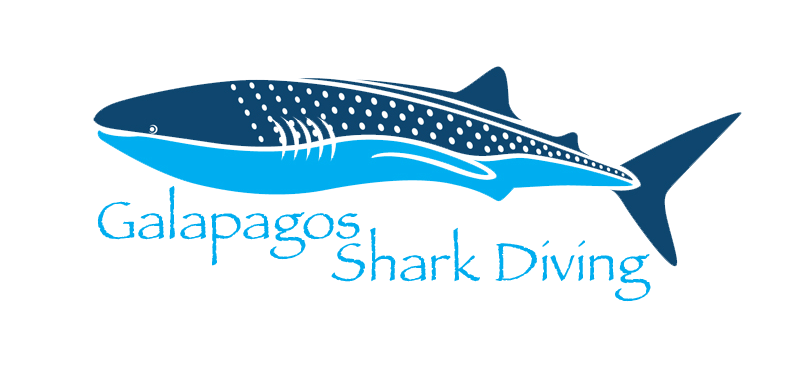

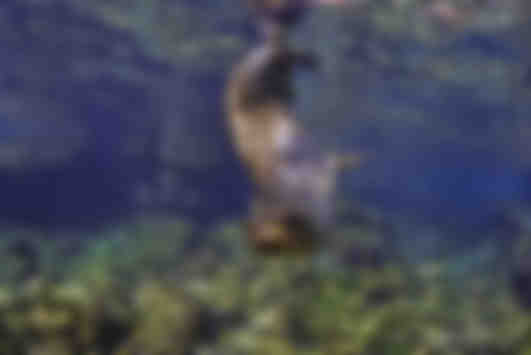

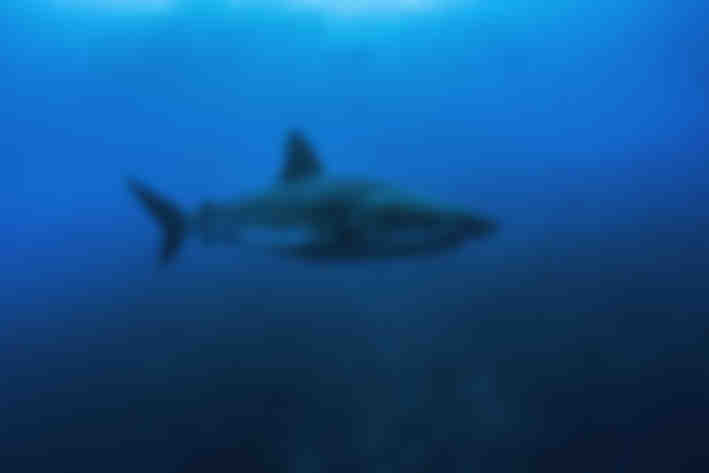





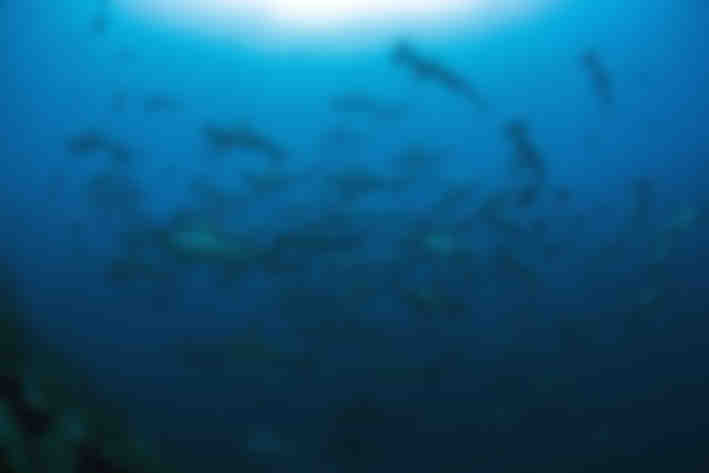

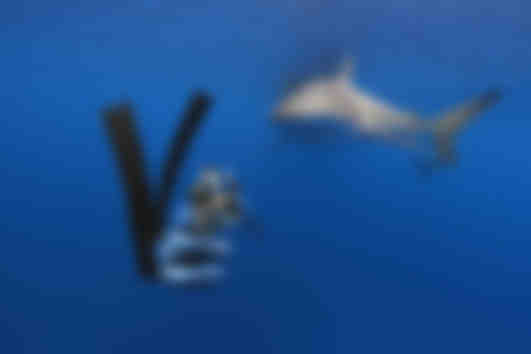

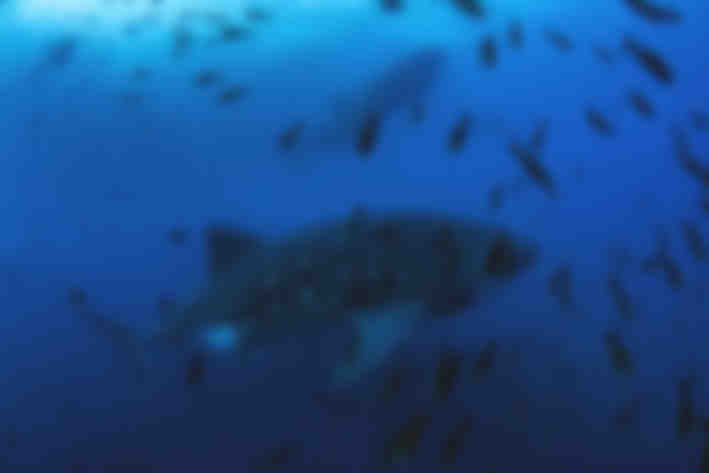

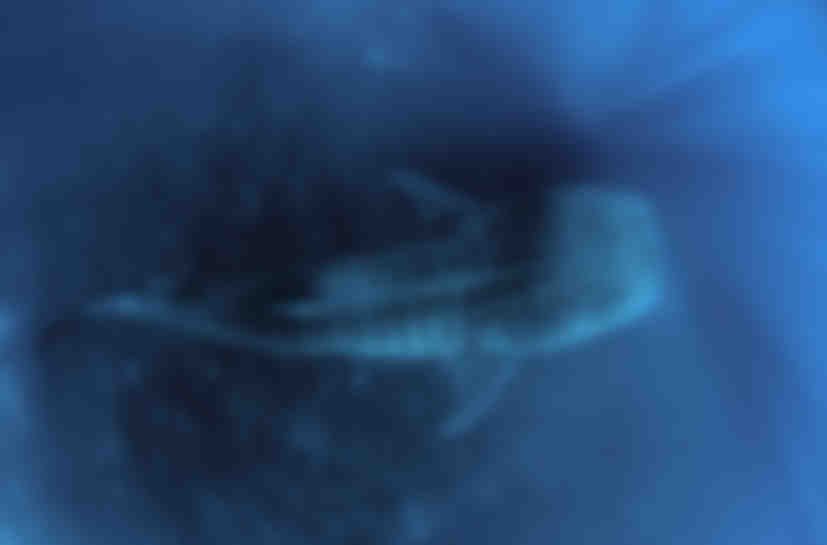

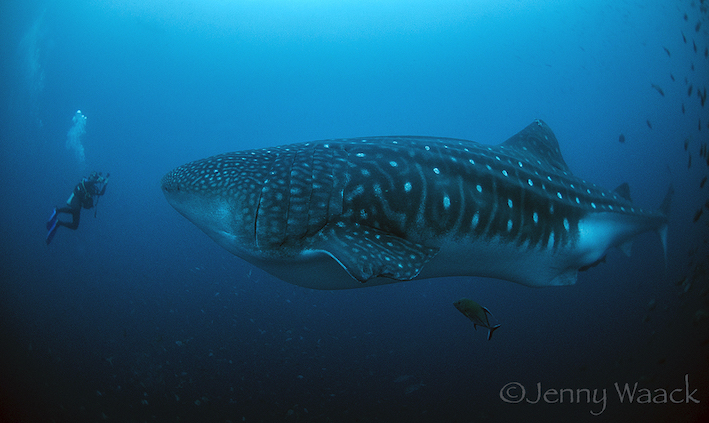



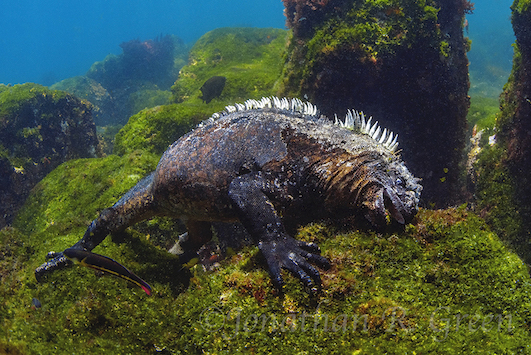



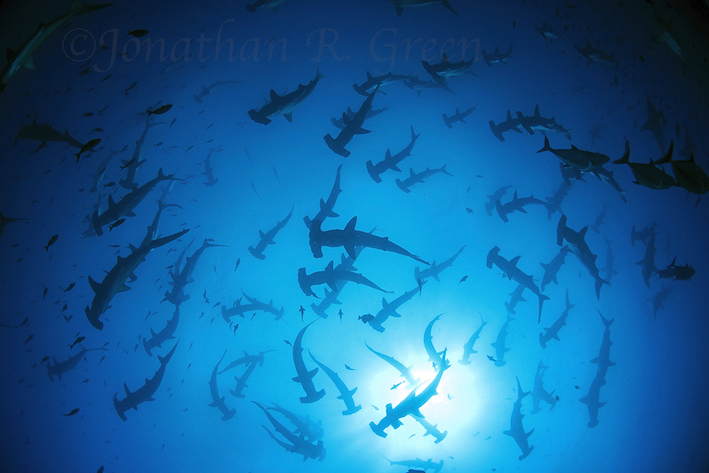

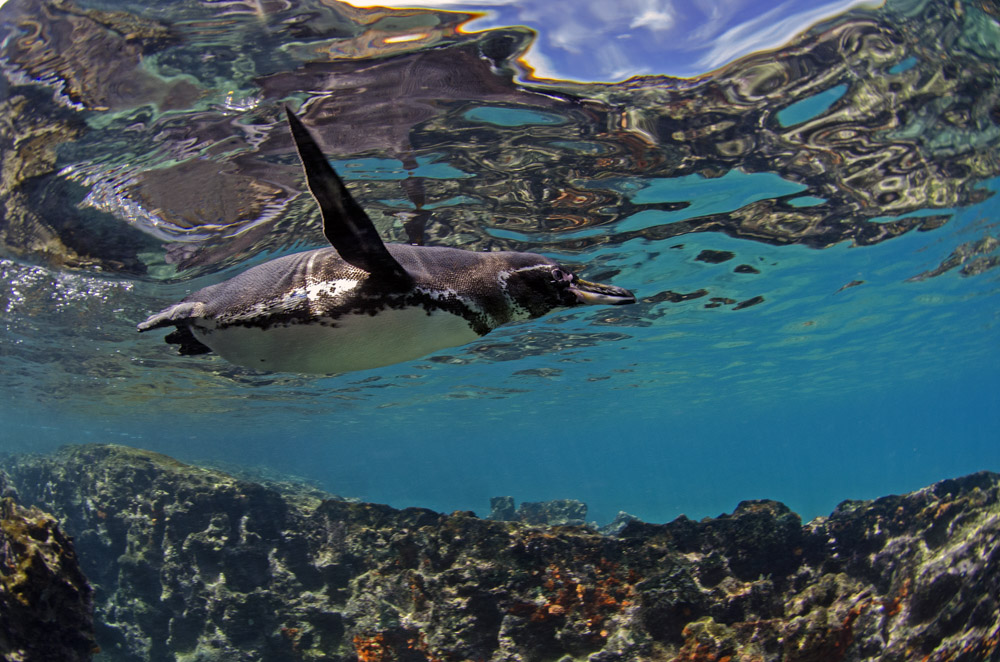

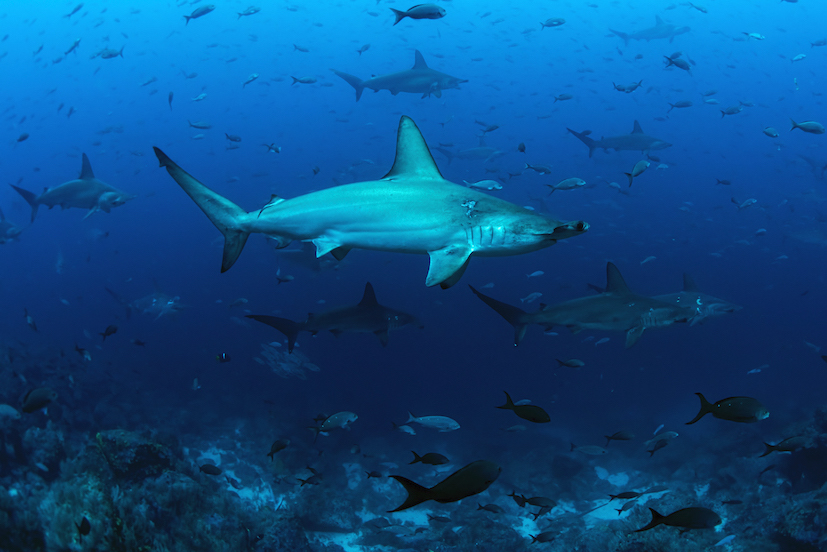

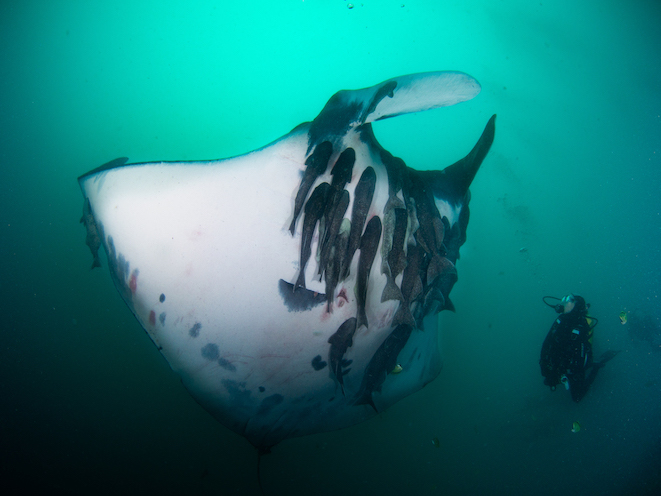

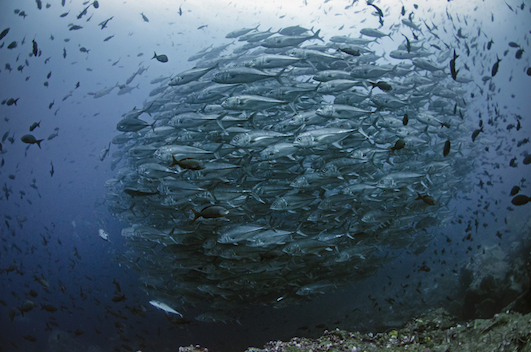



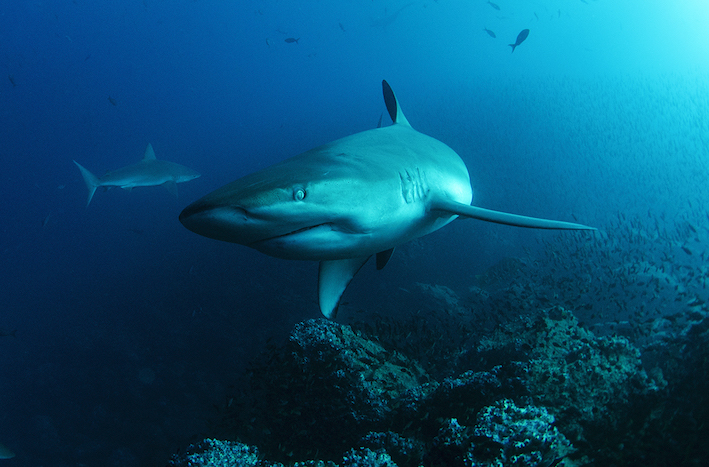



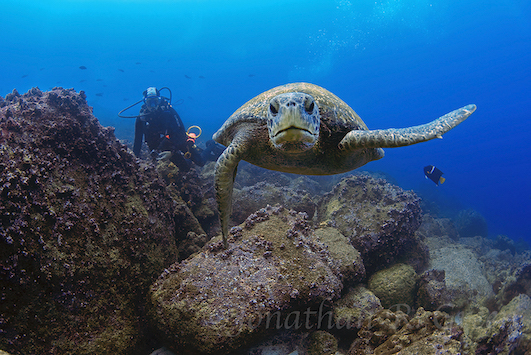



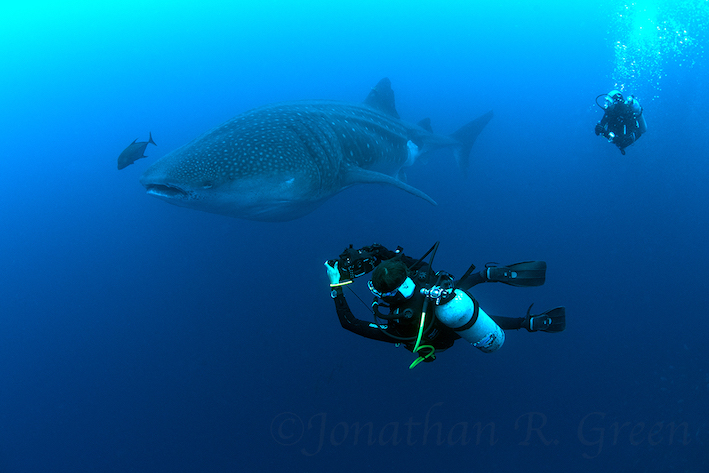


Overview
- Dive shark-rich waters together with expert shark scientists who will share all their knowledge about sharks and shark conservation with you
- Learn how you as a diver can support the conservation of sharks, mantas and other marine wildlife and become a shark ambassador yourself – no scientific background needed
- Assist both science and conservation, and we will make a donation directly to Galapagos research for every participant
Galapagos Shark Diving offers dive trips to the world's most beautiful destinations in combination with support for marine conservation. The knowledge gained about sharks and the training teaches how every diver can support conservation of endangered marine wildlife – with no science background needed. Every year only a few shark conservation dive departures are offered in the best shark diving season and best months to dive in the islands of Galapagos and Cocos (July – October).
Every dive trip is accompanied by shark scientists from the Galapagos Whale Shark Project, which was featured in the BBC Blue Planet II series. For every diver the organization donates to the research of the Galapagos Whale Shark Project. This team is studying the unique population of adult whale sharks in the Galapagos. Each scientist will share their extensive knowledge about whale sharks and at the same time, will teach how you as a diver can support conservation of marine wildlife such as whale sharks, giant manta rays, sea turtles, other shark species, rays, molas, whales and other endangered animals – worldwide! You too can make a difference.
Projects
About
About Galapagos Shark Diving
'In the end we will conserve only what we love; we will love only what we understand; and we will understand only what we are taught.' - Baba Dioum
Every year millions of sharks are killed for their fins or caught as “bycatch” alongside other marine wildlife such as manta rays, turtles, sea lions amongst others. One way to ensure that a species may survive is to protect those areas key for their reproduction (mating, birthing, etc.), but until now only 5 % of the world oceans are truly protected! Furthermore, we don’t yet know precisely the areas where for example, whale sharks give birth or mate. In order to ensure that these gentle giants will not go extinct we need to identify such areas and create marine reserves and sanctuaries, in order to halt the population declining further. The Galapagos Islands could be one of the key locations where adult female whale sharks give birth, and is already recognized as a vital nursery for other shark species in the Eastern Tropical Pacific Region. On our shark conservation dive trips we collect data which furthers our understanding of whale sharks and other marine wildlife and helps us to promote conservation through education and awareness.
Governments will only protect what they understand and Galapagos Shark Diving adds to that understanding.
Mission
Conserving the marine ecosystem of the Galapagos Islands and Cocos Island through research and education, whilst making science accessible for all diver even no matter their previous experience. Simultaneously we hope to raise awareness about endangered marine wildlife such as whale sharks, and provide our divers with the tools and know how to participate in marine conservation and how they as individuals can make a difference. With data collected we support local, regional and governmental organizations to propose, create or increase existing marine protected areas (examples being the Galapagos Marine Reserve as well as the proposed marine swimway between Galapagos and Cocos Island). With the knowledge learnt on board the ship our divers will travel with more open eyes to their next dive destination and can make a difference wherever they travel.
Vision
Our vision is a healthy, extended, and truly protected marine ecosystem in the Galapagos Islands, as well as a protected and patrolled marine corridor between the Galapagos and Cocos Island. Working from the ground up at a local and regional level to increase awareness through education and knowledge. That the Eastern Tropical Pacific Region, through interconnected MPAs, become a flagship of Marine Conservation and sustainability for all our communities for the future of the region, and our planet.
Day in the life with Galapagos Shark Diving
Plunging into the clear waters of Darwin Arch or Cocos shortly after 6am we exchange Planet Earth for Planet Blue. In a kingdom surrounded by an enormous diversity of species, the rulers are the apex predators - sharks. Life exists at every level from the microscopic to megafauna and the whale sharks are spotted out in the blue. We position ourselves to better view these giants as they swim by, joining them briefly to photograph and enjoy an encounter which for many is a lifelong dream and memory. Schools of hammerhead sharks, jacks and fish species too numerous to list mingle with sea lions, turtles and rays, as garrulous dolphins swim overhead or pass by during our safety stop. ID photographs and species lists are collected and catalogued on board, meals are served and discussions about wildlife, science and conservation prevail during the moments we use to eat, refill tanks, recharge batteries and ourselves, then dive again. No two days are truly the same but the experience never tires.
"This dive trip in Galapagos was absolutely like a dream come true! Diving with schools of hammerheads, molas, dolphins, sea lions, marine iguanas and WHALE SHARKS! They are sharing their inspiring knowledge from the unique geology to the marine biology of Galápagos." - Ophillia
Diving
Diving in Galapagos Islands
-
SharksYear round
-
Whale sharksJune - December
-
Hammerhead sharksYear round
-
Reef sharksYear round
-
DolphinsYear round
-
RaysYear round
-
Eagle raysYear round
-
Manta raysJanuary - May
-
Eagle raysDecember - April
-
Tiger sharksApril - November
-
TurtlesYear round
-
Marine turtlesYear round
-
Plentiful reef lifeYear round
-
WhalesJune - September
-
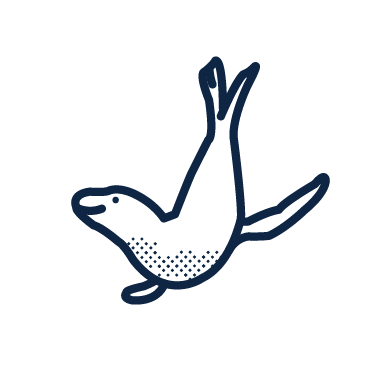 Seals & sea lionsYear round
Seals & sea lionsYear round -
Schooling FishYear round
-
Schooling reef fishYear round


Galapagos Shark Diving
Galapagos Islands